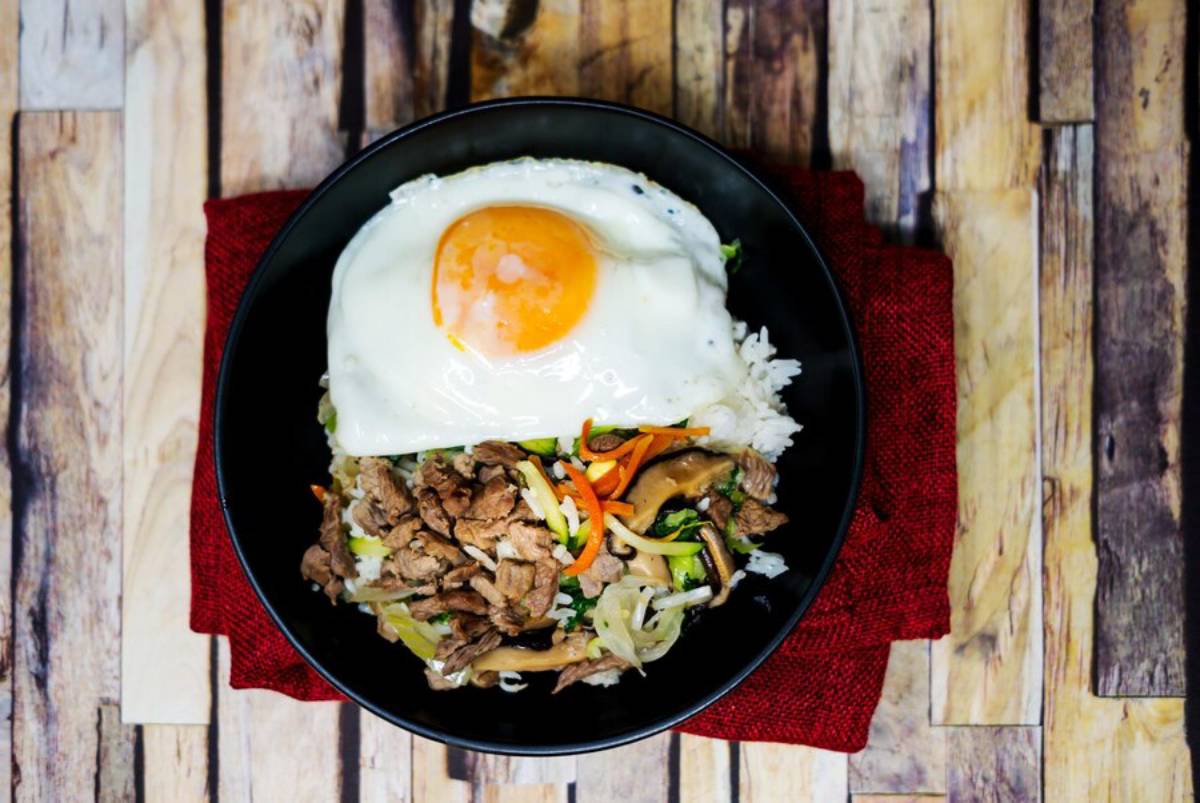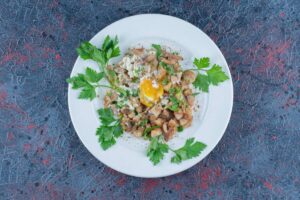The Food & Recipes Blog

How to Use Store-Bought Shortcuts Without Compromising Health
Healthy eating doesn’t mean everything has to be made from scratch. In today’s fast-paced world, store-bought ingredients can save you time, without sacrificing nutrition or flavour.
Our team has explored the best store-bought hacks that support quick healthy dinners without the guilt. Whether you’re juggling a busy schedule or simply looking to simplify your weeknight meals, knowing how to spot the right pre-made options can be a game-changer.
This guide walks you through how to use healthy cooking shortcuts wisely, what to look out for on labels, and how to turn convenience into confidence in the kitchen.
Pro Tip:
The healthiest shortcut is the one that removes stress from your dinner routine without piling on added salt, sugar, or fillers. Always read the label before you buy.
Quick Guide: Healthy Shortcuts for Smart Home Cooks
- Choose minimally processed options with short ingredient lists.
- Keep freezer and pantry staples ready for last-minute meals.
- Combine pre-made items with fresh produce and protein for balance.
Important:
Not all convenience foods are created equal. Learn to distinguish between genuinely helpful shortcuts and those that compromise your health goals.
Step-by-Step Guide to Using Store-Bought Shortcuts Without Compromising Health
Step 1: Know the Best Types of Healthy Shortcuts
Not all pre-made items are ultra-processed. In fact, some are time-saving essentials.
Great Store-Bought Shortcuts Include:
- Pre-washed salad leaves or slaw mixes
- Frozen vegetables and fruit (no added sugar or sauces)
- Cooked whole grains (brown rice, quinoa, bulgur in microwave packs)
- Ready-cooked legumes (tinned lentils, beans, chickpeas)
- Plain rotisserie chicken or cooked tofu
- Natural sauces like tomato passata, hummus, pesto or tahini
Tip: The simpler the ingredients, the better the product.
Step 2: Read Labels Like a Nutrition Pro
Get in the habit of scanning nutrition labels before tossing shortcuts in your basket.
Look for:
- Short ingredient lists (5–10 items max)
- No added sugar or artificial sweeteners
- Low to moderate sodium levels (aim for under 400mg per serving)
- High fibre content (especially in grains, soups, and breads)
- Real, recognisable food names—not chemicals or fillers
Avoid ultra-processed products with hidden additives or excessive preservatives.
Step 3: Pair Store-Bought Items with Whole Foods
Shortcuts should simplify your meal, not dominate it. Use them as a base and build around them.
Example Pairings:

- Frozen stir-fry veg + microwave rice + fried egg or tofu
- Tinned lentils + fresh spinach + jarred curry sauce
- Wholemeal wraps + rotisserie chicken + bagged slaw + Greek yoghurt dressing
- Pre-cooked quinoa + frozen peas + a drizzle of tahini
These combinations balance convenience with fresh nutrition for a fast, well-rounded meal.
Step 4: Keep a Healthy Shortcut Pantry
A well-stocked cupboard or freezer makes healthy cooking effortless—even on chaotic days.
Smart Pantry Staples:
- Tinned tomatoes and coconut milk
- Canned beans and chickpeas
- Tomato paste, pesto, or reduced-salt stock cubes
- Frozen mixed veg, berries, and spinach
- Shelf-stable grains and whole-wheat pasta
- Frozen falafel or veggie burgers (check ingredients!)
Rotate stock regularly and check expiry dates every few weeks.
Step 5: Use Sauces and Seasonings Wisely
Store-bought sauces can transform a dish, but they’re often where excess salt and sugar hide.
Choose:
- Tomato-based sauces without added sugar
- Soy sauce alternatives like tamari or coconut aminos
- Lower-salt pestos, salsa, or pure nut butters
- Spices and dried herbs to boost flavour naturally
Tip: Make your own dressing with olive oil, lemon, mustard, and garlic in under 2 minutes.
Step 6: Prep in Batches, Assemble in Minutes
Use shortcuts to support batch cooking. Prep once, enjoy multiple meals.
Batch Ideas:
- Roast a tray of vegetables to pair with pre-cooked grains
- Make a big salad base, and store dressing separately
- Cook a protein like chicken, tofu, or lentils to portion into wraps, bowls, or pasta dishes
This is the sweet spot of quick, healthy dinner planning: minimal effort, maximum benefit.
Time-Saving Tools That Work with Store-Bought Hacks
- Mini food processor: Blend store-bought ingredients into sauces or dressings
- Microwave rice cooker: For pre-steamed grains and veg
- Glass meal prep containers: Perfect for storing and reheating batch-assembled meals
- Freezer-safe zip bags: Store frozen veg mixes or chopped herbs
- Handheld spiraliser: Pair with pre-made sauces for instant healthy noodles
Frequently Asked Questions (FAQs)

1. Are all store-bought meals unhealthy?
Not at all. Many pre-prepped items can be both nutritious and time-saving—it’s all about the ingredients and portion sizes.
2. What’s the healthiest shortcut protein?
Plain rotisserie chicken, cooked lentils, hard-boiled eggs, or organic tinned fish like salmon or sardines are excellent choices.
3. Can frozen vegetables be healthier than fresh?
Sometimes, yes. Frozen veg is picked and flash-frozen at peak ripeness, preserving nutrients—plus, there’s zero waste.
4. Are microwaveable grain pouches healthy?
Yes—if they’re plain or lightly seasoned. Look for wholegrain varieties without sauces or sodium-heavy flavourings.
5. How can I upgrade a basic store-bought meal?
Add fresh herbs, a squeeze of citrus, extra vegetables, and a source of healthy fat (like olive oil, seeds, or avocado) to elevate nutrition and flavour.
Final Word: Convenience with Consciousness
You don’t need to choose between health and convenience. With the right store-bought hacks and a bit of label literacy, you can enjoy quick dinners that support your goals, even on the busiest nights.
Healthy cooking shortcuts aren’t about cutting corners—they’re about working smarter, reducing stress, and finding balance. So stock your pantry wisely, pair fresh with prepped, and let shortcuts work with you, not against you.









